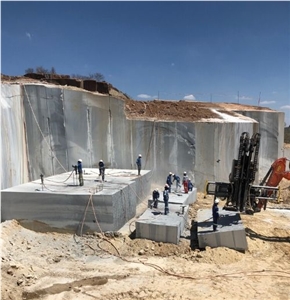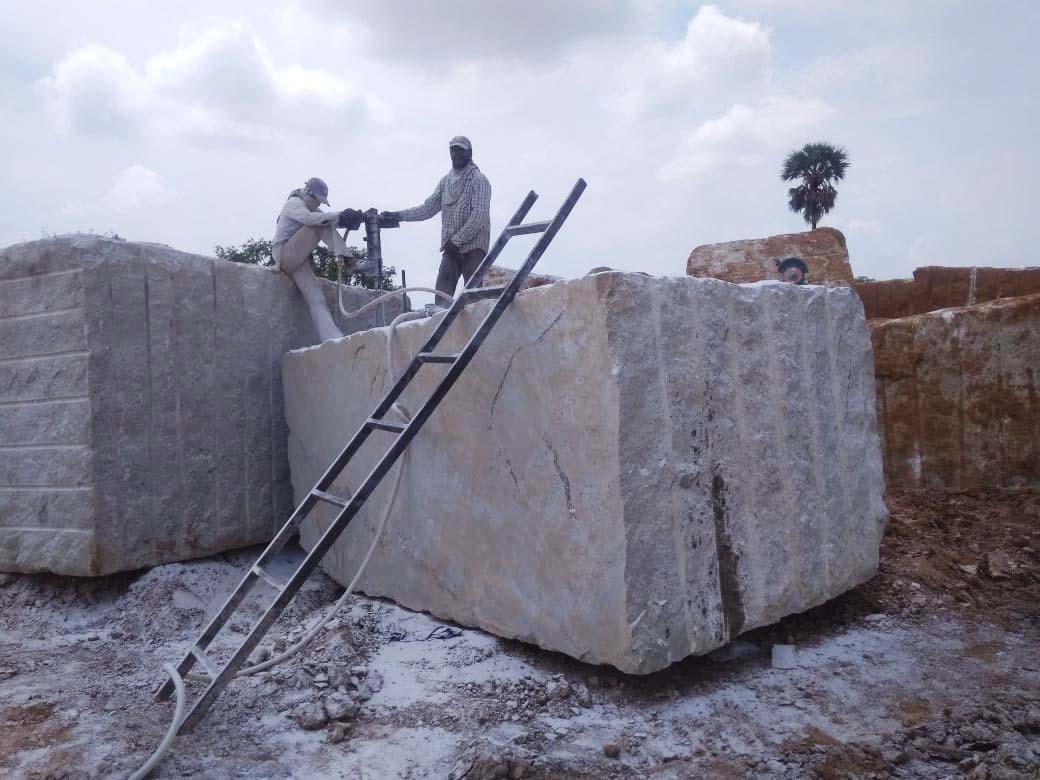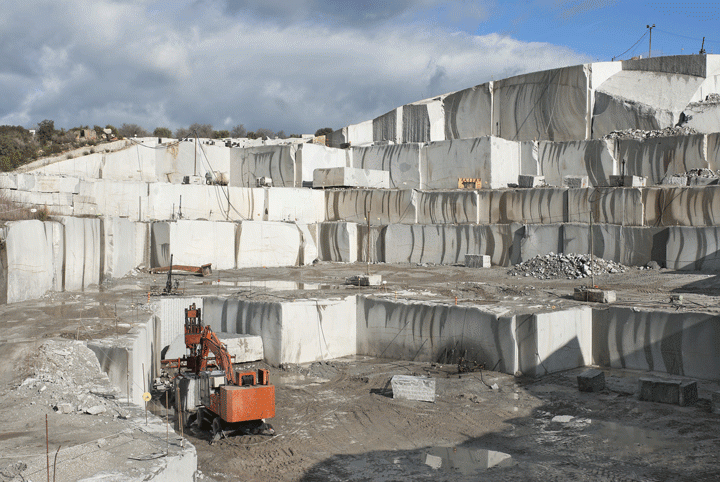The Hidden Treasures: Exploring Granite Quarries in South Africa
The Hidden Treasures: Exploring Granite Quarries in South Africa
Blog Article
Unearthing the Rich Background and Sustainable Practices of Granite Quarrying
As we base on the precipice of revealing the intricate tapestry of granite quarrying, a journey via time reveals not simply the physical act of drawing out stone however also the cultural and historic value woven right into the very fabric of this practice. From the ancient beginnings that laid the structure for modern quarrying methods to the lasting practices that are shaping the future of this sector, each chisel mark on granite surfaces informs a tale waiting to be unearthed (granite quarries in south africa). The legacy of granite quarrying stretches much past mere extraction; it is a testament to human resourcefulness, durability, and the long-lasting allure of this impressive stone
Ancient Origins of Granite Quarrying
Going back to old human beings, the practice of quarrying granite has been an indispensable part of human history and architectural improvement. The earliest proof of granite quarrying go back to old Egypt, where enormous pyramids and detailed sculptures were crafted from this durable stone. The Egyptians used primitive devices to extract granite blocks from quarries, showcasing the importance of this product in their monumental constructions.
Progressing in history, the Greeks also made considerable contributions to the quarrying of granite. The Greeks used granite in various architectural marvels, such as holy places and statuaries, showing their ability in shaping and sculpting this durable rock. The Romans additionally fine-tuned the methods of quarrying granite, utilizing sophisticated tools like blades and hammers to extract and shape granite for their iconic frameworks.
With the centuries, the practice of quarrying granite has developed, with modern innovations improving efficiency while maintaining the ageless appeal of this natural rock - granite quarries in south africa. From old people to contemporary home builders, the tradition of granite quarrying remains to form our globe
Evolution of Quarrying Techniques
The advancement of quarrying methods has been noted by a constant progression in the direction of better effectiveness and precision in removing granite. From the fundamental techniques employed by our forefathers to the sophisticated modern technologies used in modern quarrying procedures, the market has undertaken considerable advancements. Early quarrying methods involved hand-operated labor with fundamental tools such as blades, hammers, and wedges to extract granite blocks from the planet. As worlds proceeded, techniques like fire-setting and primitive nitroglycerins were introduced to promote the extraction procedure.
Advancements in computer-controlled equipment and 3D modeling have optimized quarrying operations, leading to marginal ecological influence and boosted sustainability techniques. As the need for granite proceeds to climb, the advancement of quarrying strategies continues to be indispensable to conference market address needs effectively and sustainably.
Cultural Importance of Granite
Granite holds an extensive social relevance across various civilizations due to its long-lasting existence in architectural masterpieces and revered monoliths. From the impressive pyramids of Egypt to the detailed makings of the Angkor Wat temple in Cambodia, granite has been a product of selection for revealing grandeur and longevity in social heritage. In ancient Rome, granite columns adorned holy places and public buildings, symbolizing toughness and durability. The cultural importance of granite prolongs beyond its physical attributes; it symbolizes durability, security, and eternity, making it a sign of withstanding heritages and customs.

Sustainable Practices in Quarrying
Amidst the rich history of granite quarrying and its social value lies a growing focus on lasting techniques within the industry. As ecological understanding and issues about source depletion have actually increased worldwide, the quarrying sector has actually progressively embraced lasting techniques to reduce its effect on the atmosphere and surrounding neighborhoods.

In addition, recovery and recovery of quarry websites post-extraction are important to lasting methods. By recovering quarried locations to a natural or helpful state, such as producing wildlife habitats or recreational rooms, quarriers can counter the ecological footprint of their operations and add favorably to the regional community.
Legacy of Granite Quarrying
With a historical background soaked in craftsmanship and commercial progression, what withstanding impact has granite quarrying left on the landscape of modern culture? The tradition of granite quarrying transcends plain removal practices; it has actually shaped architectural wonders, metropolitan landscapes, and cultural heritage worldwide. The sturdy nature of granite has actually made it a preferred selection for monoliths, buildings, and framework, standing as a testimony to the skill and creativity of quarry employees across generations.
In addition, the financial impact of granite quarrying can not be forgotten. The industry proceeds to supply work possibilities and drive regional economies in areas where granite extraction prevails. It has additionally spurred technical improvements in quarrying techniques and tools, resulting in extra effective and lasting methods.
In terms of sustainability, the tradition of granite quarrying consists of initiatives to mitigate environmental influences via reclamation jobs and liable source management. By balancing economic rate of interests with ecological stewardship, the industry strives to make sure that future that site generations can proceed to take advantage of this long-lasting natural resource.
Final Thought

Report this page